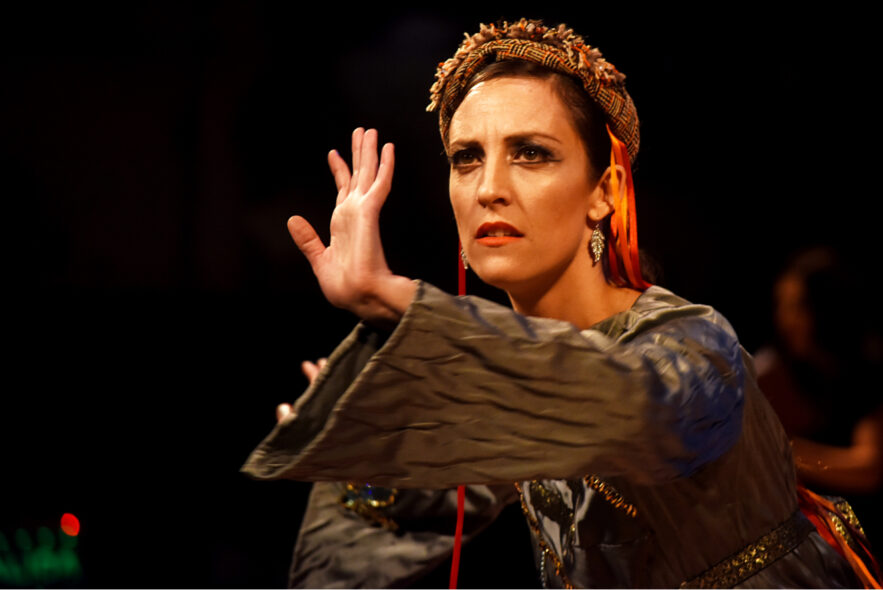
Claiming What Is Due
I have been dancing for twenty-eight years in contemporary dance, but I also used to be a ballet dancer. I started when I was four years old in my hometown in the province of Buenos Aires with a Russian teacher who had fled during the war. She was perfect, and fortunately, she came to the region, and I took my first steps with her, which was crucial because I started with a strong foundation. Later, I studied at the capital and entered the Teatro Colón School. I graduated from the dance program, and simultaneously, at 16, I joined the Ballet Estable of Teatro Colón, where I worked for about seven years. After that, in 1999, I joined the Contemporary Ballet Company of Teatro San Martín, where I stayed for another nine years.
I was part of the San Martín company until a group of dancers, including myself, were dismissed for advocating for labor rights. We had no labor rights or medical coverage for accidents during those nine years. So, we decided to make a change and do what needed to be done: to claim what was rightfully ours. Following our dismissal, we had the opportunity to present projects at the national level. After a challenging year filled with auditions and trials to see if we, the dismissed dancers, would function well together, we founded the National Contemporary Dance Company in 2009. There were six co-founders, and I continue to be a performing dancer in that company. We are currently advocating for a retirement law for national dancers.
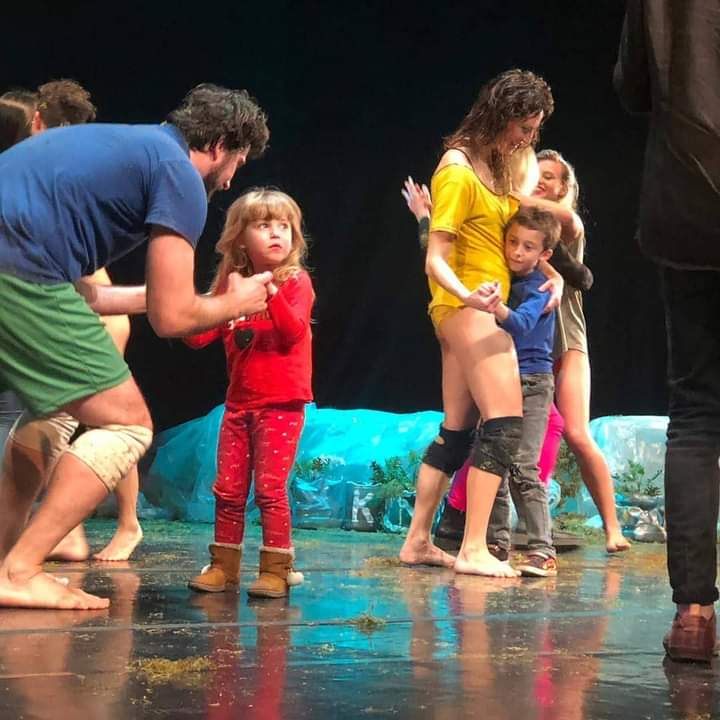
When we were dismissed from the San Martín, it was precisely because we understood the importance of organizing ourselves and joining a union. Since then, I have been a delegate, first with ATE and now with UPCN, two associations representing national workers nationwide. This involvement has connected me deeply with the fight for workers’ rights. In the case of dancers, there is much work to be done worldwide, but perhaps even more in some aspects in Argentina, although in other parts, I believe we are more advanced..
Suppose we, who have a stable income at the national level, can achieve certain rights. In that case, it serves as a foundation for colleagues who don’t have a fixed salary because they don’t belong to an organization and have to fend for themselves as independent artists. It helps establish these rights even in the independent art scene. Therefore, everything that has been built since my dismissal from San Martín is not insignificant. Now, as contracted workers with benefits, we have pension contributions from the government, health insurance, vacation days, holiday bonuses, and workplace accident insurance. All of these were lacking during my time at the San Martín, and this is not very common, especially in the dance world.
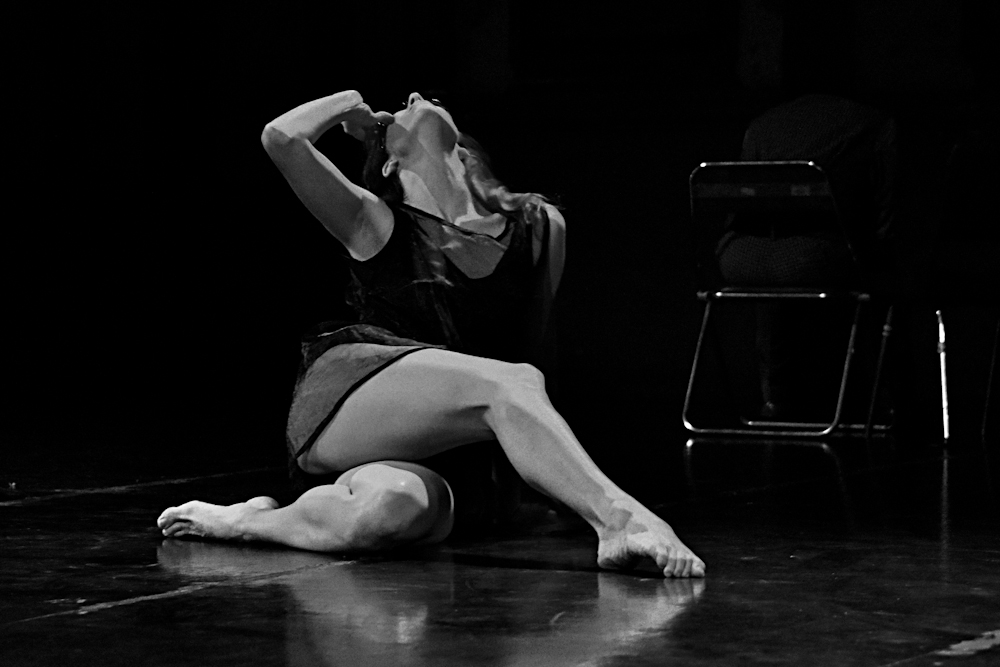
The work of dance: dignifying the Profession
When we created the company, many colleagues felt represented by us. Over the years, some have left, while others continue to be part of it, and perhaps with time, they have come to understand that we are public employees. This idea sometimes annoys people: ‘How can we be public employees?’ Well, we are public administration workers, and our job is to dance. It’s not that we are part of an elite and should be treated differently; our salaries come from the public, and in return, we provide our work. It was challenging for some to accept this because dancers always want to dance. .
After all, it’s their passion, and their instrument is their own body. That might make some dancers seem self-absorbed, constantly looking at themselves in the mirror, but they pay their bills with their salary. We strive for the profession to be respected and understood as work, not just something we enjoy. That’s the key for me: dance is work. But there are some, even in politics, who, when you talk to them about retirement, say, ‘No, but you want to retire so young.’ Can you imagine a soccer player playing for the national team at over 40? No. So, why, when my job requires rigorous training similar to that of an athlete, should I have to retire so early? We must always fight for what we deserve because dance is a profession. Yes, I love to dance, but I buy groceries with this money. We should be able to make a living from this; we must dignify the profession.
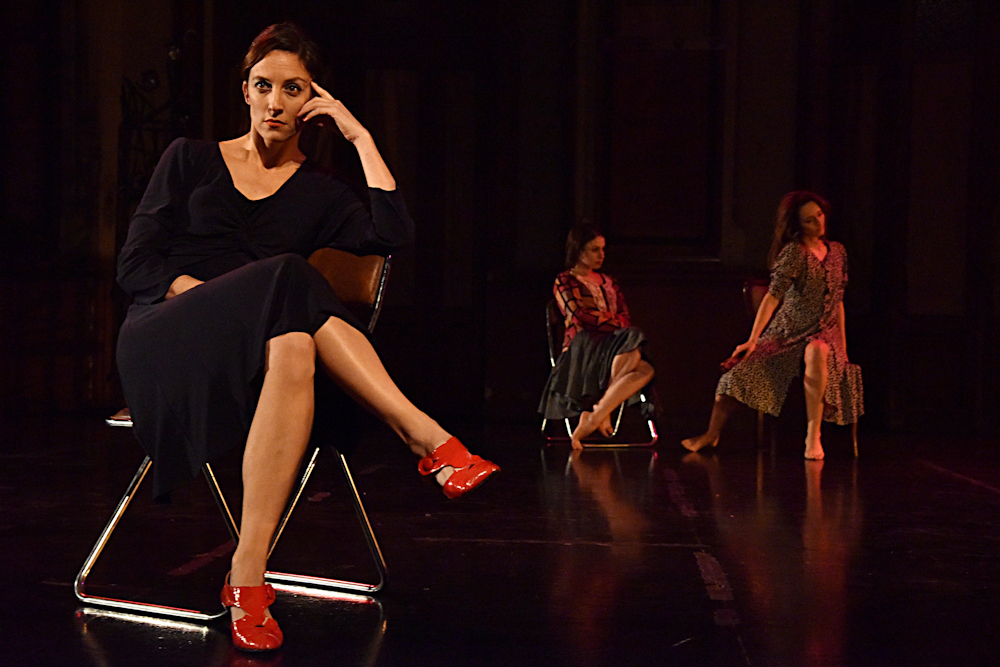
In our company, we are open to performing not only in theaters but also in public spaces. One of the things that occurred to us, especially coming from a very traditional theater like the San Martín, was the desire to connect with colleagues from all over the country. So, we started inviting them to take our classes. Every two months, we would ask a group, and then we would change. When we have performances, we usually collaborate with local groups. We also created a program called ‘Partido y Compartido’ (Match and Share): we would issue a call, and the selected company would perform, and we would share the stage. All of these exchanges and approaches seemed essential to us. It’s exciting that the national company, being national, can accommodate such initiatives.
Dance and Motherhood
Motherhood was quite challenging for me. When you become a mother, dealing with breastfeeding, postpartum, pregnancy, and raising children is hard. In the National Company, we are currently working on these issues too because, for example, you can’t take your child with you when you have to go on tour. If you do, you must cover all the expenses yourself, which is impossible. Usually, an internal agreement states that when you are breastfeeding, you won’t go on tours. The law permits breastfeeding, but if you can’t take your child on tour, it becomes a problem. Moreover, some mothers are more attached to their children, which must be respected too. You want to respect your child’s schedule but feel pressured to travel.
My partner, Ernesto, and I are in the same company, so one of us had to stay behind because taking both children on tour was not feasible. Many times, the pressure comes not only from the directors but also from fellow dancers. Women’s rights in dance are indeed a complex issue:some women have cesarean sections and can’t return to dancing immediately, and some barely have any time for breastfeeding by choice. some women have cesarean sections and can’t return to dancing immediately, and some barely have any time for breastfeeding by choice. All of these issues are related to patriarchy and societal expectations for women. All of this should be seen and regulated. Many mothers are in the company, and I remember seeing them running around, feeling guilty. If you go on tour, you leave your child behind; if you don’t, you miss out on a tour.
What I do, I can do because I have my partner, Ernesto, who supports me. Even then, it’s a lot, and despite his support, it’s still challenging. Sometimes, I have broken down because it’s too much to handle. I have a thousand things on my mind; the kids are young, and I have to take them to school, manage the house, and rehearse all day. They are at school all day, so I must pick them up. On performance days, it’s chaos; we need to pick them up early because we perform at night, and otherwise, we wouldn’t see them all day. So, we take them out of school a bit earlier to spend time with them and then prepare everything, taking them to a family member’s house to be looked after. They would wait up late to see us because we would return late, and the next day, we’d all struggle to get up. Moreover, both of us dance in the company, and we have the same schedule. If one of us had a different job, we could compensate, but in our case, it’s complicated. Ernesto also used to be a delegate, so he understands perfectly. Being a delegate requires having a partner who can help you organize your thoughts because otherwise, you’d explode, and even then, I occasionally lose my temper.
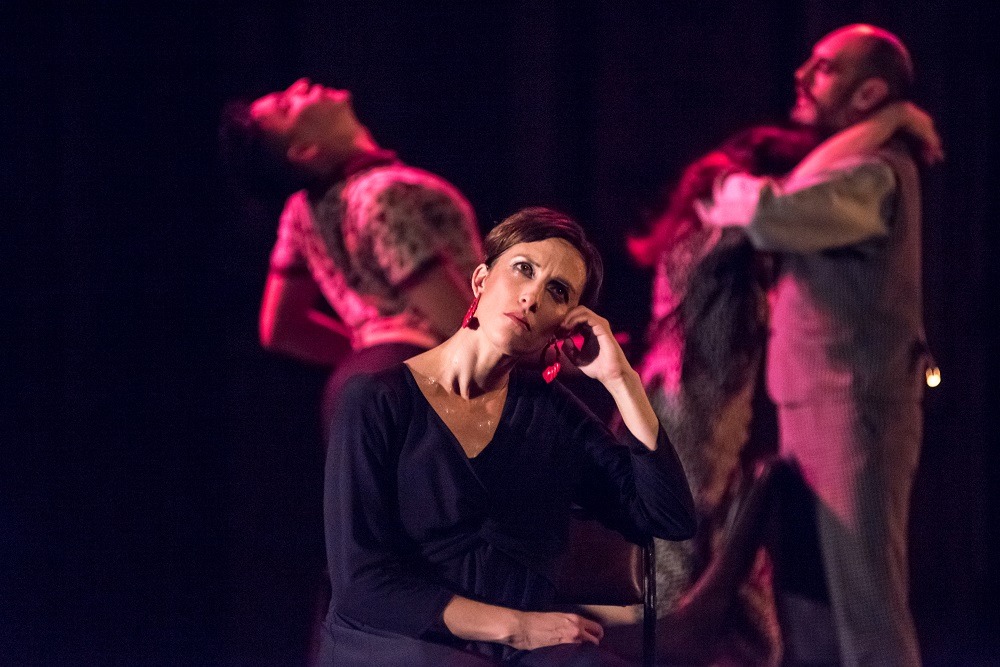
Exploring other dance forms
Dance is a profession that starts at a very young age and ends relatively early. This also needs to be understood because only some, especially politicians in Congress, understand this. While you were drinking chocolate milk in primary school, I was already studying ballet; when you were in high school, figuring out what to do with your life, I was working as a ballet dancer at Teatro Colón. By the time you went to college, I had already established a career, so it’s crucial to realize that a dancer’s career parallels a person’s life. Because it’s a profession for young people, you must start very early, mainly because it involves using your body. Dance pushes you forward, and for women, especially with the added challenge of motherhood, there’s tremendous pressure in a short span of years. Generally, society sees it as odd for a woman aged twenty to thirty not to have her own home, a partner, or children because these are societal expectations. In dance, the pressure intensifies because if you don’t get into a company – and there are very few positions available – you might think your dance career is over. In our virtual meetings with students from different schools last year, they asked about this, and I told them not to limit themselves to a single dance style. I started with ballet and could have continued there. I left because there were no stable positions at the Colón, and I would have had to find another job. However, I discovered contemporary dance, which was what I wanted to pursue. So, don’t close yourself off; there are various dance forms. Many become frustrated and say, ‘Oh, I’m not cut out for ballet,’ they think it’s the end of the world. It’s not; you can explore other dance styles, and you might discover that you enjoy them more and that they suit your body better. That’s roughly what I think. I had all these dilemmas when I was young, whether to go abroad because I was tall. At that time, being tall was a big issue; there was a lot of pressure, and maybe all the challenges I faced helped shape me into who I am today.